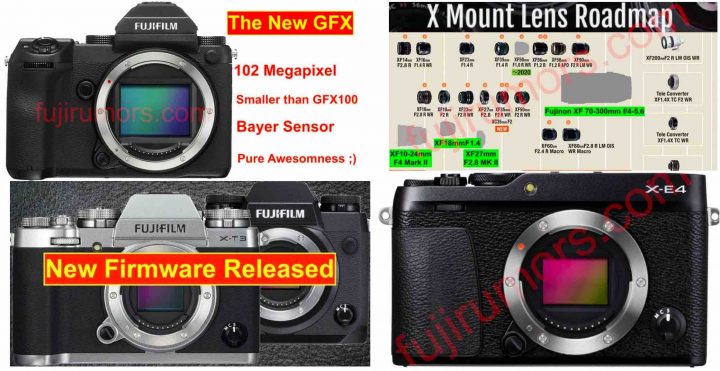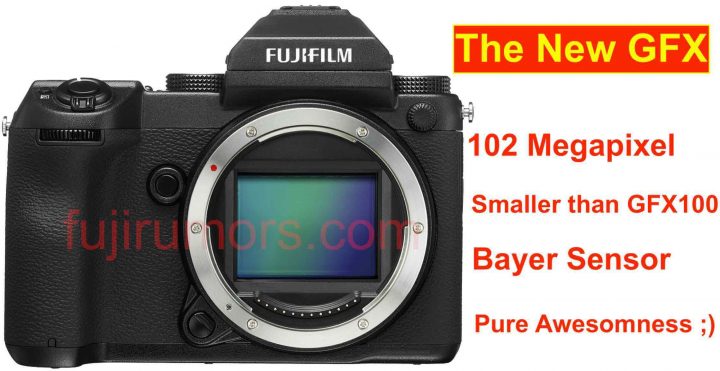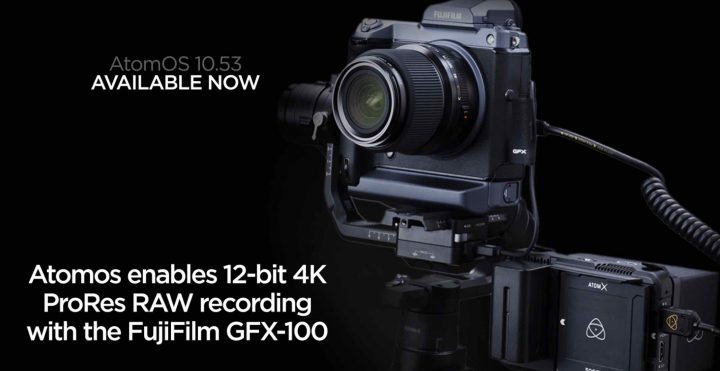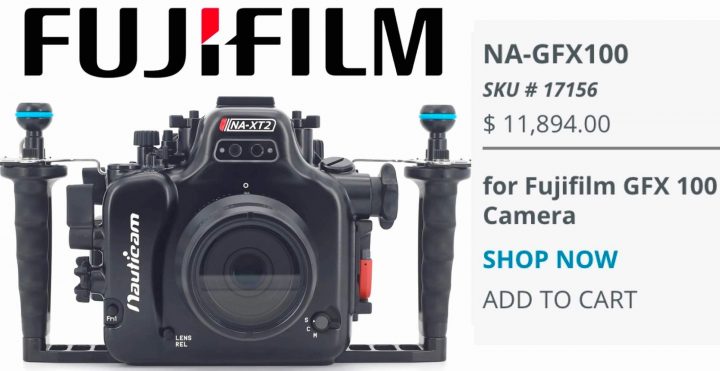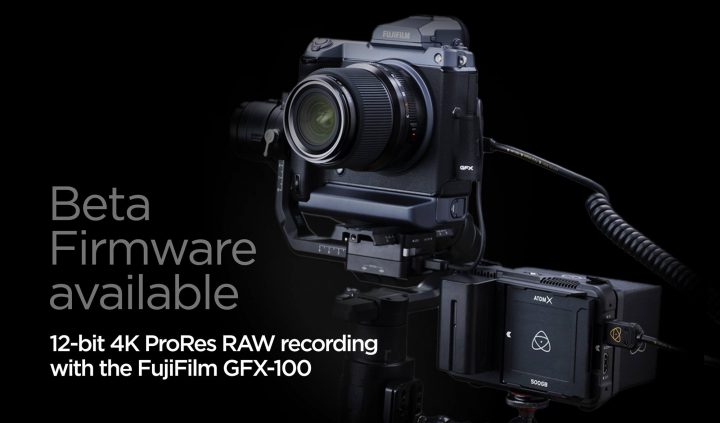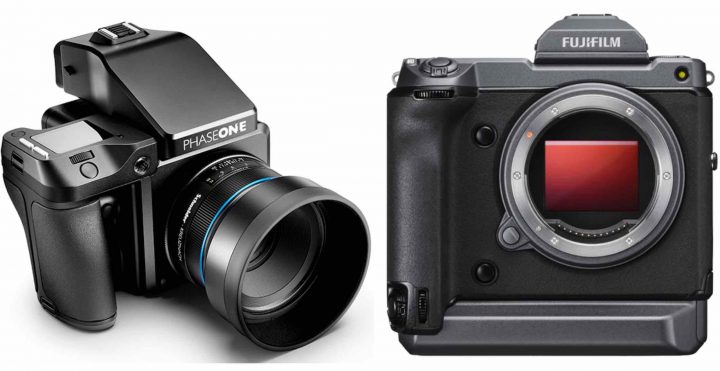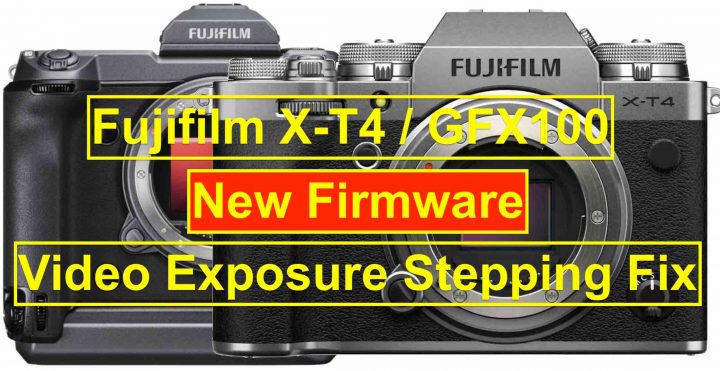Top 10 October Posts: New Fujifilm GFX100 Rumors, New Firmware, Fujifilm X-E4 Rumors, X-S10 Attack on SONY, New Roadmap & More
So, here are the top 10 posts for October.
- Fujifilm X-S10 rumors (several posts with the top 3 being the leaked images, the layout explanation and the press release)
- New Firmware for Fujifilm X-T3 and X-H1 Released
- RUMOR: New Fujifilm X Lens Roadmap Coming Soon
- Next Fujinon X Mount Roadmap to Include Fujinon XF 18mmF1.4 WR
- Fujifilm X-E4 Coming in First Quarter 2021
- Fujifilm X-S10: Attack on SONY (& Co), Why it is NOT an X-T40/X-H10
- Fujifilm Digital Camera Range: Making Sense of the Line-Up, What Should be Dropped, What Should Stay… and Where is the X-H Line?
- Next Fujifilm GFX with 102 Megapixel (not Monochrome) and Much Smaller than Fujifilm GFX100
- IBIS COMPARISON: Fujifilm X-S10 vs X-H1 vs X-T4 – Smarter Wiring, 30% Smaller Side by Side with Older IBIS Units
- New Fujifilm Camera FF200003 Registered: Fujifilm X-E4, New Fujifilm GFX or Surprise Camera X-T40 or X80?
Bonus Posts You Should not Have missed:
- Fujinon XF70-300mmF4-5.6 vs XF55-200mmF3.5-4.8 vs XF100-400mmF4.5-5.6 vs XC50-230mmF4.5-6.7
- SIZE COMPARISON: Fujinon XF18mmF1.4 vs XF16mmF1.4 vs XF23mmF1.4
- Fujinon XF Wildlife Photography Lenses Needed, Base ISO 100, Firmware Wishes and More
- Good Bye, X-T1: I Sold my Fujifilm X-T1 Today – About Love for Dials and the Story Behind my Favorite X-T1 Image
- The X-Pan Rebirth of Fujifilm X-Pro1
Stay tuned for more fun coming in November ;).
- Fujifilm X-S10: BHphoto, AmazonUS, Adorama, Moment, Focuscamera
- XF10-24mmF4 R OIS WR: BHphoto, AmazonUS, Adorama, Moment, Focuscamera
Follow FujiRumors on Patreon, Facebook, Instagram, RSS-feed, Youtube, Flipboard and Twitter
Join Our Owners Groups
- Fujifilm GFX User Group
- Fujifilm X-T User Group
- Fujifilm X-S1 User Group
- Fujifilm X-H User Group
- Fujifilm X-E User Group
- Fujifilm X-Pro User Group
- Fujifilm X100 line Group
Join Our Facebook Pages

